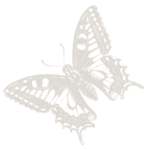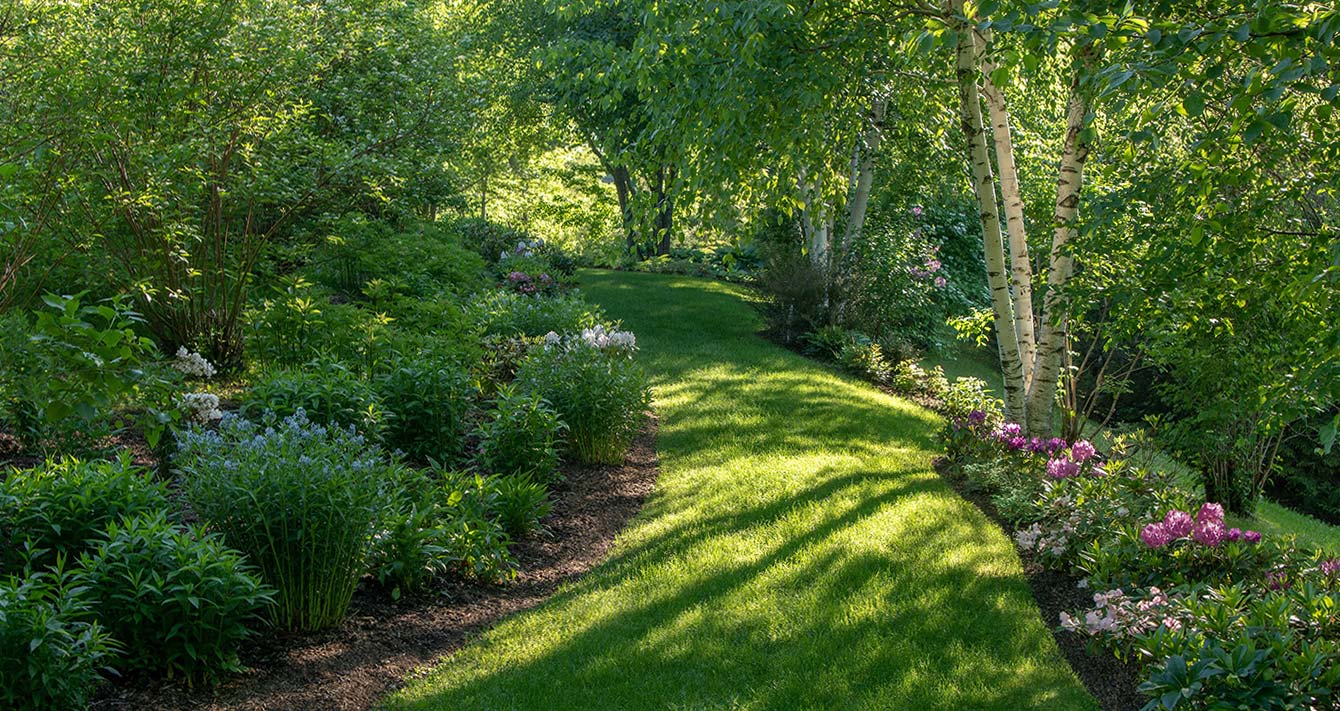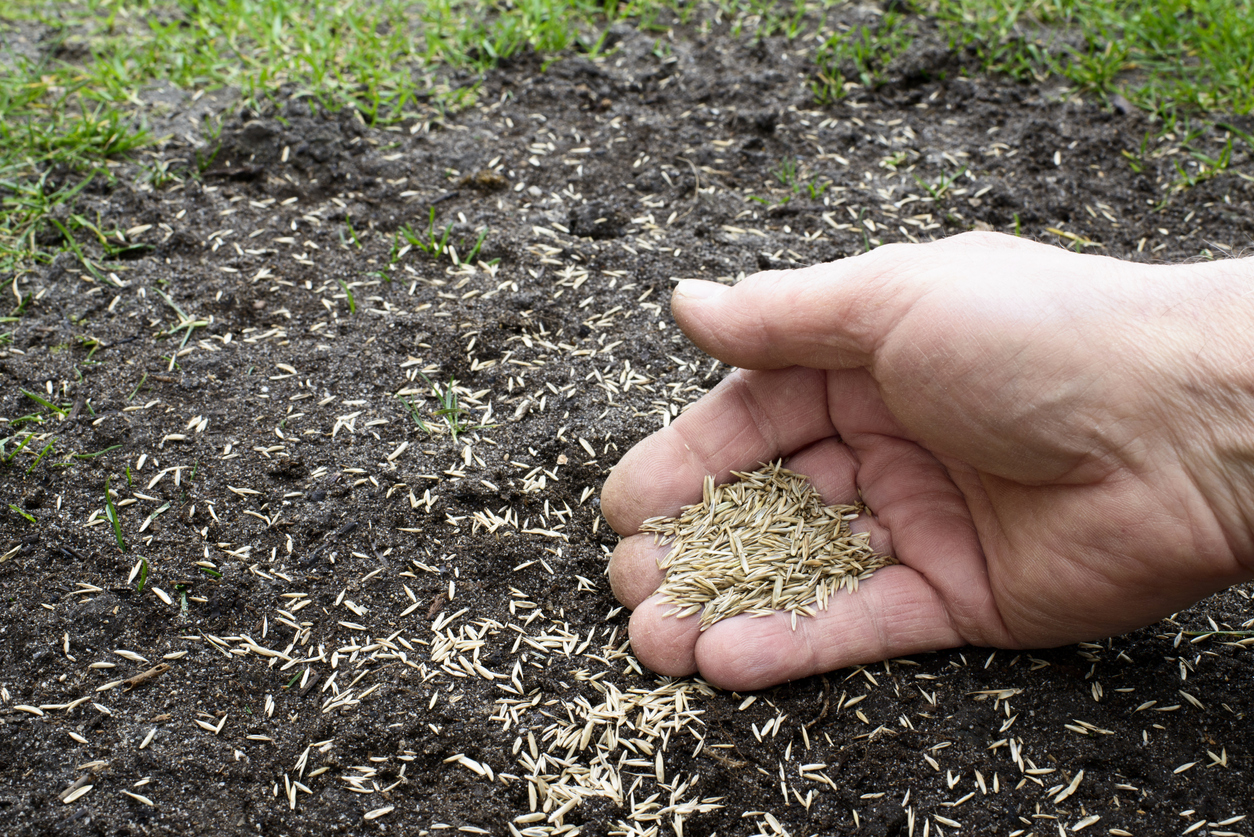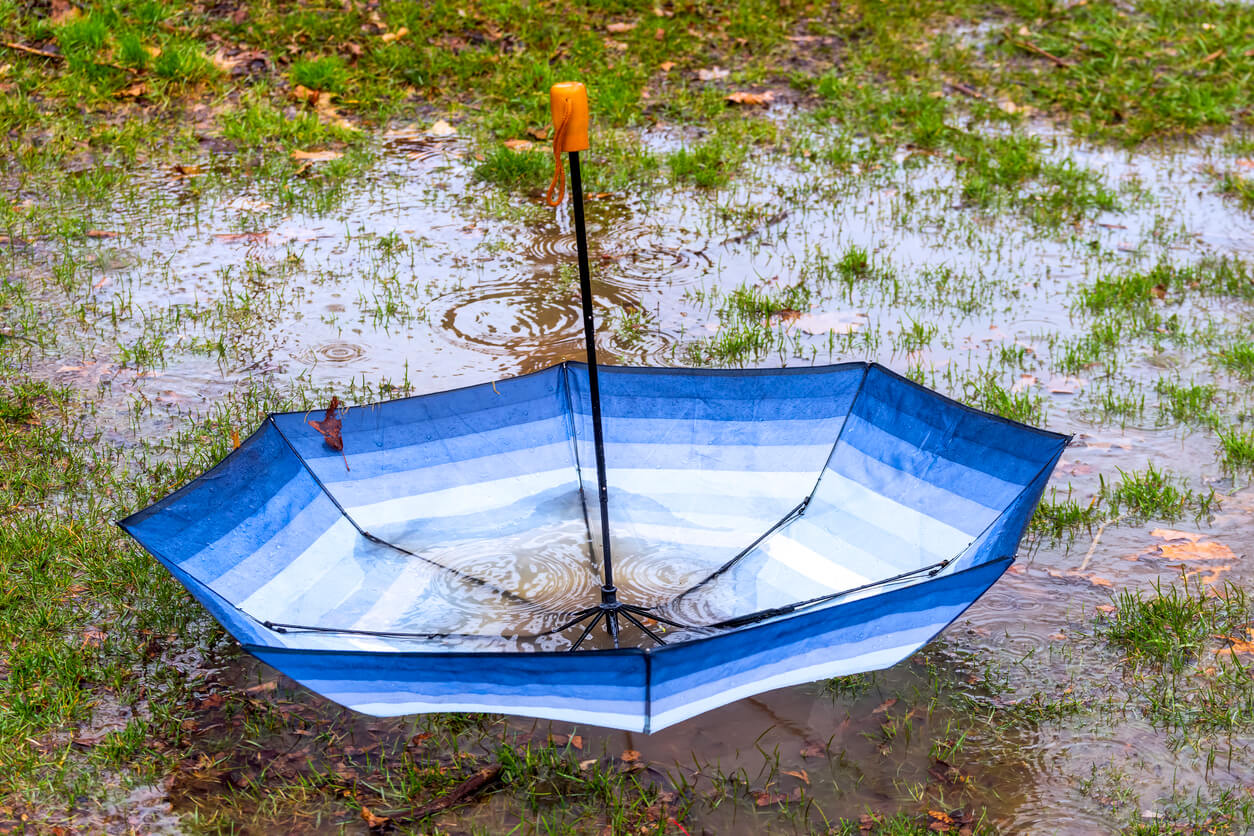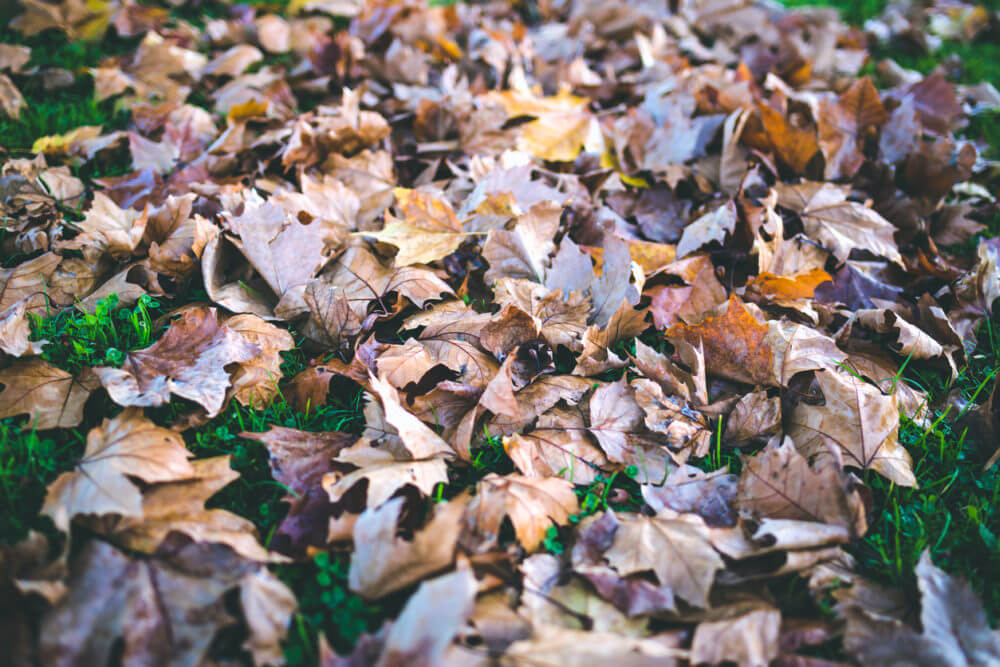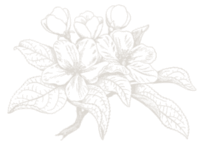Ticks & Other Pests
The most advanced organic and traditional products for comprehensive control of many insects and pests including ticks, grubs, moles and chinch bugs.
Ticks (Organic or Traditional)
Tick-Borne Diseases
Disease-carrying ticks have grown in population and range in New Hampshire and Vermont over the past decade, marking an increase in reported cases for both existing and new tick-borne diseases. It seems that no matter the winter weather, ticks are surviving and making a strong appearance every spring. The deer tick is perhaps the most infamous tick as it carries the serious Lyme disease, Anaplasmosis and Babesiosis. The dog tick carries diseases including Rocky Mountain spotted fever and Tularemia.
Protection
While spending time outdoors, the chance of tick bites can be minimized by wearing long pants and socks. Treating clothing with permethrin has been proven to be an effective method to reduce bites as ticks are killed as they travel across the treated fabric. (tickinfo.com). However, many people find the best way to dramatically decrease contact with ticks around their house is to reduce the tick population itself, especially when children or pets are involved.
Timing for Treatments
Tick populations can be reduced anytime of the year but the spring and late fall are the most vital because of their life cycle. Spraying for ticks in spring to early summer is particularly effective as it reduce last year’s adult ticks preparing to breed and therefor the generation to come. Spraying in the fall is also important as the adult population is reduced before they overwinter and emerge the following spring.
Treatment Areas
Treating for ticks often requires treating the perimeter of your woods, fields, lawn or house as related to tick resting sites. A typical spray lasts 3-4 weeks and establishes a ‘no tick’ zone. However, no risk is ever completely eliminated. Larger tick concentrations or hot spots may often require several sprays in the spring to early summer for increased peace of mind and protection.
Treatment Options
We offer several high-end tick reduction sprays, including an organic option to satisfy clients’ concerns about the safety of their children, animals, and the environment. Our tick sprays are liquid in formation, as coverage is generally easier to accomplish. A typical treatment covers your lawn, a 10ft buffer into surrounding fields and/or woodline including around the foundation of your house as applicable. Our organic option is a blend of oils with comparable results to our traditional product, with the price running up to 30% higher, but the staying power is shorter and may therefore require an additional application. When selecting an organic tick spray, we recommend a spring and an early summer treatment for best results.
Application Restrictions
Because we care about the environment and due to new product restrictions to protect bees, this treatment cannot be applied directly to any lawn with flowering weeds, or areas with flowers or shrubs in bloom. We can work around the lawn’s flowering weeds by spraying early in the season before weeds flower or shortly after it is mowed to remove any weed flowers. But if the desired treatment zone includes areas with flowers and or flowering shrubs, the product cannot be applied to those sections. Please consider the organic tick treatment as it can be applied when and where flowers are in bloom. If your lawn does not have adequate weed control and flowering weeds are likely, please notify us so we can contact you prior to this traditional treatment to ensure your lawn is mown prior to our visit. If we arrive and cannot spray, a rescheduled visit could take several weeks. Again, the option to treat your lawn and border areas in April before most flowers are in bloom is a good decision, just be sure to let us know so we can plan ahead.
Helpful Tick Resources
- Tick-Free New Hampshire has some great tips and resources, this especially helpful page visualizes how to create a tick-free yard.
- Vermont has produced a nice educational booklet called Be Tick Smart.
- Tick Report is a service through UMASS Amherst that will provide pathogen testing of the tick that has bitten you.
Chinch Bugs (Organic or Traditional)
Chinch bugs are very difficult to see and even more difficult to diagnose before damage occurs. Unlike white grubs that are found below ground, chinch bugs are on the surface, living and hiding in the thatch layer of your lawn. Because they are so small, they are difficult for the untrained eye to see. Left untreated, chinch bugs destroy a lawn, affecting areas as small as your hand to as large as an entire lawn. Their populations explode in dry, hot weather and the damage can be mistaken for that caused by dry weather or drought. Chinch bugs are best treated in the spring or in late summer since they often have two generations per season. Like ticks, they overwinter as adults and emerge in the spring, making the reduction of their population a priority in May or June before they reproduce. Chippers offers organic and traditional measures to efficiently reduce chinch bugs in your lawn.
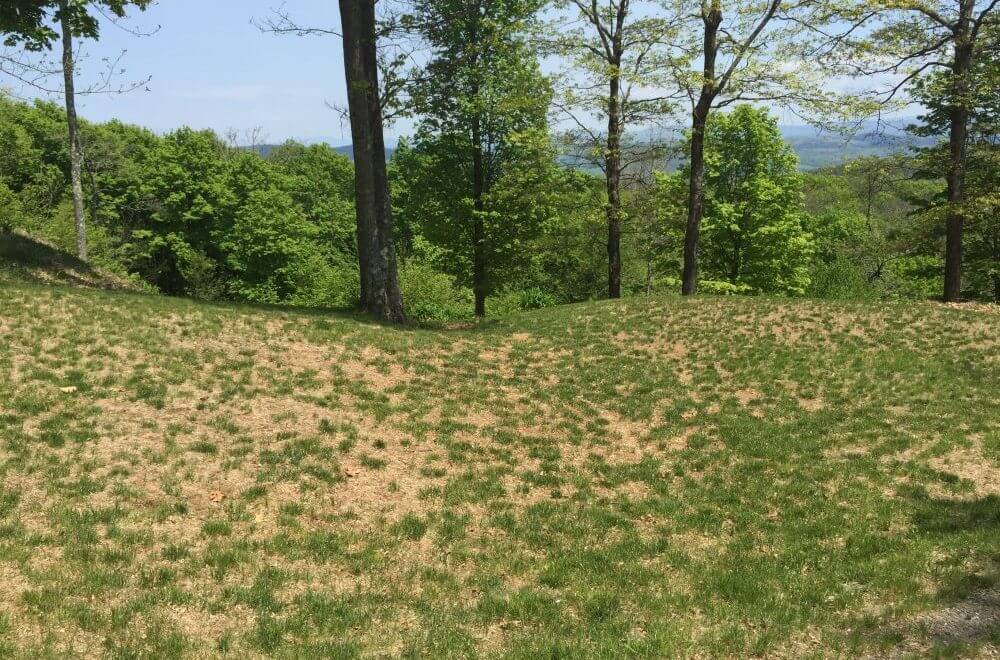
Chinch bug damage.
Grubs (Organic or Traditional)
If you have never seen a lawn damaged by a grub infestation, it is not a pretty sight. The turf roots are eaten off and damaged by the grubs themselves but further damage is caused by skunks and crows digging for the grubs. Often times, the only solution is a lawn renovation and having a grub preventative program in place once the new lawn is installed.
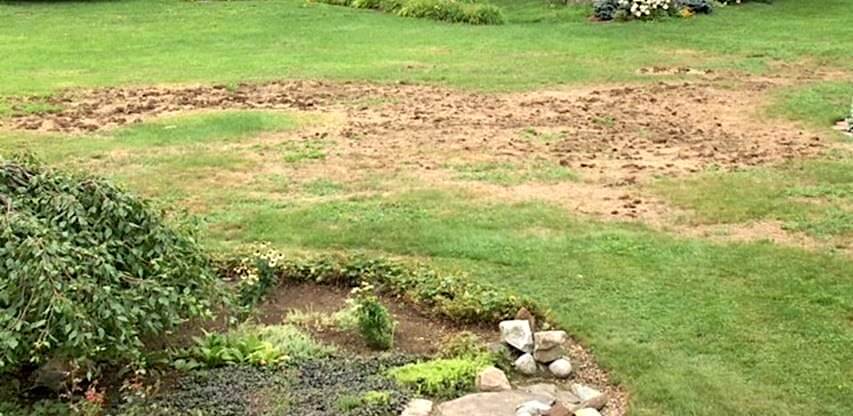
Grub damage from the May/June beetle.
Preventative & Curative Treatments
The adage ‘an ounce of prevention is worth a pound of cure’ can certainly be applied to controlling grubs. While we do offer both organic and traditional curative applications, they are less effective and must be watered the same day they are applied.
Preventive Treatments, Neonicotinoids & Bees
Consumer awareness and concern continues to rise surrounding a specific class of pesticides known as “neonicotinoids” and their suspected negative impact on pollinators and other beneficial insects.
Our Turf Division only uses neonicotinoid products for our standard preventative grub control treatment. Chippers has always used these products responsibly and in a manner that reduces risk as much as possible, however, to show our ongoing commitment to environmental stewardship, Chippers will cease using neonicotinoids in 2020.
In 2016, due to their probable link to having a negative impact on bees and other pollinators, Chippers introduced a premium grub control treatment utilizing Acelepryn. Not only does Acelepryn not harm bees, it is safe to use around other pollinators and beneficial insects such as ladybugs. Beginning in 2020, this will be the only product we will use for grub prevention.
Moles & Voles (Traditional, Cannot Treat for Voles)
Moles are carnivorous pests that live and feed below the lawn surface, primarily eating earthworms, ants and grubs. They create ‘volcanos’ by pushing up large mounds of soil as they clear their feeding and traveling tunnels. Chippers offers a bait worm to control moles.
Voles are mouse-like critters that eat grass, tree/shrub bark and bulbs as well as other plant material. They often create shallow tunnels on the surface of the lawn that become visible as the snow melts.
Left unchecked, voles can girdle small trees and shrubs and make a lawn look like their own private subway system. Chippers does not offer control measures at this time but recommends traps and/or baits found at your favorite supplier.
Click here for the Turf Talk PDF on Moles & Voles.
See our Pricing Guidelines, Our Process and our Credentials.
Please email [email protected] for more information on any of the services listed on this page.
Click here for a PDF listing of all of our Green Care Services.
Testimonials
Your Chippers

ISA Certified Arborist
ISA Tree Risk Assessment Qualification
TCIA Certified Treecare Safety Professional
Forest Technology Degree

ISA Certified Arborist
ASCA – Member Consulting Arborist
NHAA Certified Arborist
VT Association of Professional Horticulturists

ISA Certified Arborist
TCIA Certified Treecare Safety Professional
TCIA Electrical Hazards Awareness Program Certified
AAS Arboriculture and Landscape Management
Meet Tanner Violette, Assistant District Manager & Sales Consultant Meredith Office
Related Blog Posts
Five Steps for Successful Spring Seeding
Spring seeding has become a rite of passage especially with our snowy, cold New England winters. Only a few lawns…
Effects Of 2018 Weather On 2019 Lawns
While the summer and fall of 2018 are long over, their unusual weather will undoubtedly impact lawns well into the…
Leaves And Pine Needles
Fall’s fallen leaves and pine needles can present a challenge to your lawn and can be easily overlooked as most…

